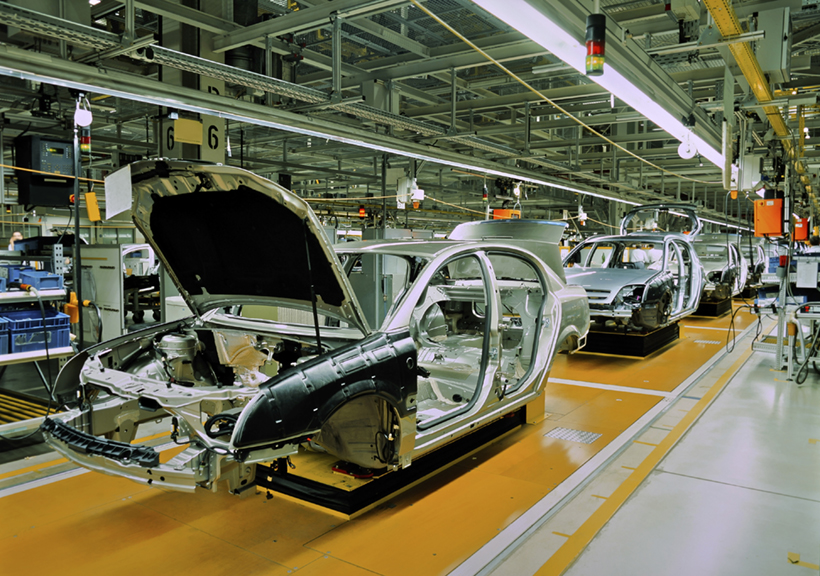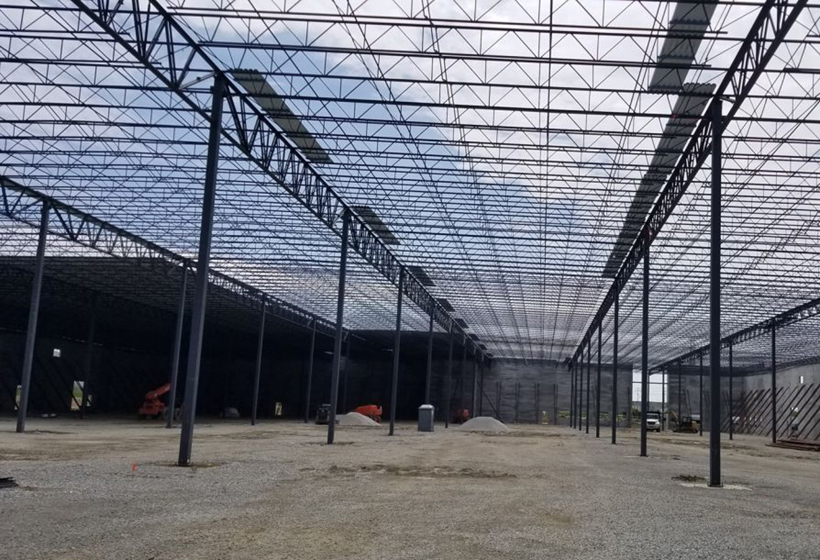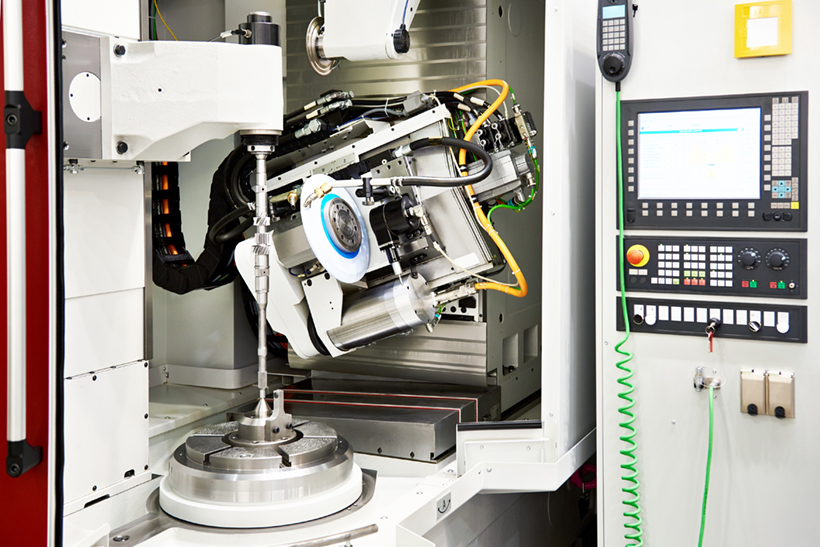By Phil D’Amico, Director of Business Development
The month of June was, shall we say exciting, as it relates to the effects the tariffs have had on the United States economy. Nearly $200 billion of Chinese goods found an instituted 25% cost increase on imports into the U.S. There is another 25% increase posed on potentially $325 billion of non-taxed goods also on the horizon for July. What is the early outcome to U.S. consumers? The short answer is pain. Potentially both short-term and long-term pain and effects touching just about every part of our economy.
The Automotive Industry
Last September, the Auto industry had to endure a 10% tariff increase on automotive parts. Surprisingly, that increase had little to no impact on the number of automobiles produced or purchased in the U.S. However, 25% will be felt by every level of production and consumption. Somebody will have to eat the 25% increase, whether it’s a manufacturer, supplier, distributor or consumer.
The Facts & Challenges
- For many of these parts, there are no alternatives (it’s hard to drive an automobile with no engine).
- Almost every car manufactured or assembled in the U.S. is comprised of nearly 50% of imported parts, so nearly half the total cost of the car will be subjected to the high tariffs.
- This year alone, the U.S. market for new car sales is projected to be around 20 million or near record levels; those tariffs place on automotive parts could significantly hurt that number.
- If Auto dealers wish to keep up the pace that was anticipated, they would have to severely reduce margins, which affects their ability to buy more inventory, or keep a supply on hand that would lend itself to continued growth.
- If auto makers choose not to absorb the margins cost, they would have to increase the cost per car by as much as $4,400 per automobile.
- Imported vehicles cost to consumer may increase by approximately $6,700 per unit.

Heavy Equipment & Consumer Product Manufacturers
Heavy equipment manufacturers have felt the brunt of the tariffs as well. Caterpillar executives have stated that, with the amount of steel that they both purchase and use in these large off-road vehicles, the tariffs could cost the company over $300 million in expenses and impact their revenues by over 35%.
Whirlpool, which uses a great deal of steel and metal products in their washers, dryers, dish washers, etc., anticipates a nearly $200 million hit to their bottom line. Caterpillar and Whirlpool are two of the over 1,500 companies that have applied for tariff exceptions. To date, the U.S. government is still hearing their cases, with a decision expected in July.
Closer to home, here in Indiana, Cummins Engines anticipates their P & L statement to see an effect of $150 million in 2019, versus the $30 million they experienced in both 2017 and 2018 combined. Cummins Engines has been forced to relocate several of their engine production lines from China to England, just so they can economically afford to produce at an affordable rate for market sale.

The Construction & Development Industries
Steel and aluminum imports have greatly affected the construction industry. The cost of producing a steel structure has hovered around $16 to $20 per square foot, and now, with the proposed tariffs placed on steel imports, the cost could increase to almost $40 per square foot.
The Facts & Challenges
- The increase in costs could grossly overstate the true value of a newly constructed building, or what a structure is truly appraised at.
- The higher steel costs could have profound effects on jobs that have been bid, but where construction has not started; or buildings that have begun but are not completed. Some company, person or supplier would have to endure the expense, margin adjustment, or cost occurred.
- The larger tariff could easily have an adverse effect on whether a company decides to do a building project, or to wait for future price reductions and market corrections.

The Medical Device Industry
One of the most affected industries is that of the medical device and medical implant industry. Currently the financial impacts of what these companies could experience is anywhere from $1 to $3 billion, after the exceptions they are filed are ruled upon.
The Facts & Challenges
- Many of these companies have had to raise costs of devices to a level that is unaffordable to the average consumer.
- These cost of these devices have adversely affected insurance rates and expenses from the manufacturer all the way through the doctor, passed on to the consumer.
- The costs of certain medical devices or medical equipment have increased 125% over the last three years.

Conclusion
The tariff issue is certainly one to watch. What or where will we see the ramifications on the economy in the future? We have already seen China retaliate by putting tariffs on U.S. imports to their country. What if China decides to call in much of the nearly $8 trillion dollars of debt that the U.S. owes the country.
The biggest impact is yet to be determined, which is that of consumer confidence. Right now, higher prices have not impacted most U.S. citizens’ spending habits. However, with a potential further round of tariffs, at some point higher prices catch up to a family’s disposable income and its ability to absorb higher costs with flat wages earned. We can only wait and see what the long-term effect tariffs will have on the future of our economy. One thing we do know for sure, is that there is never a dull moment in our economy.

